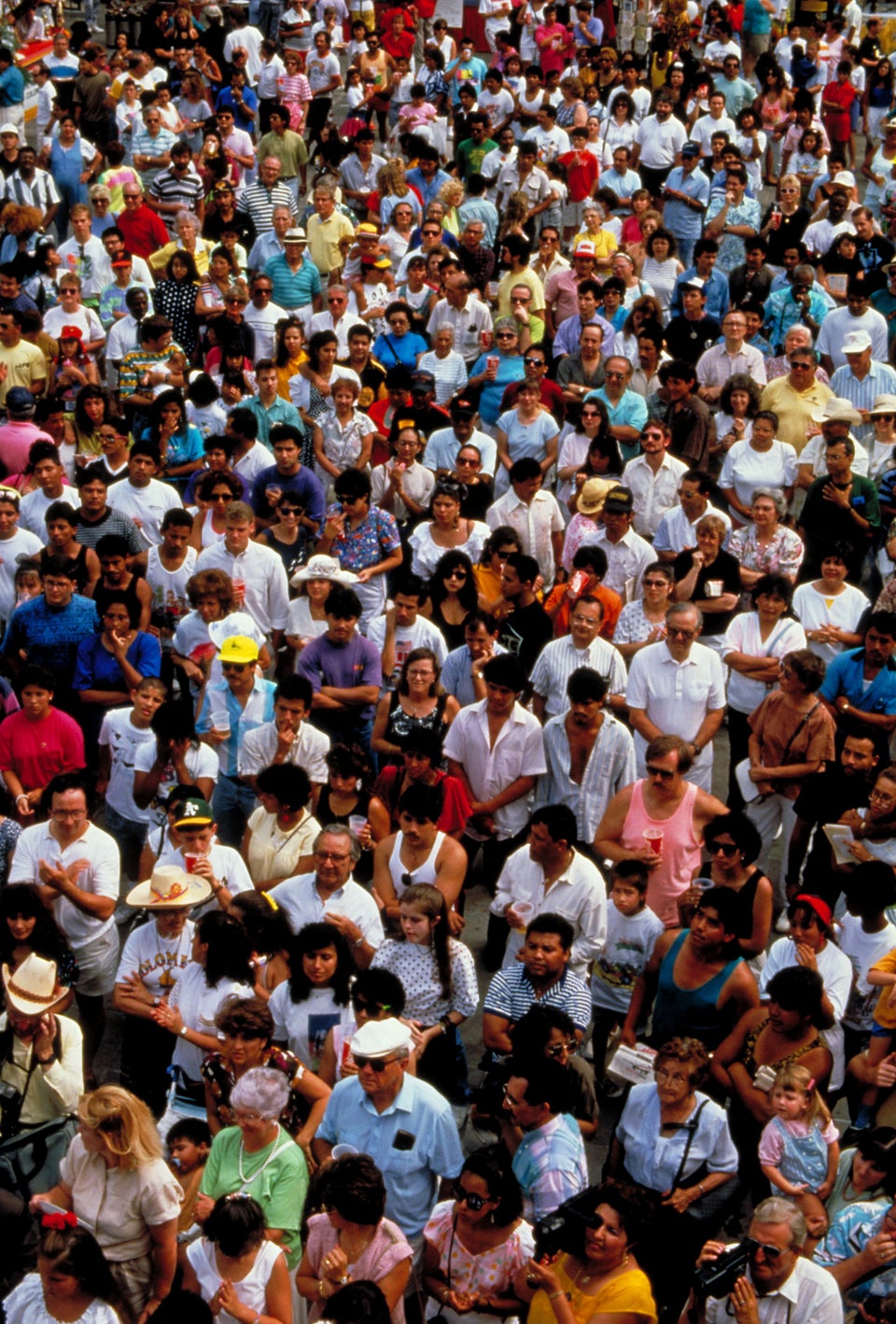
There is a great push in the country to eat healthy and exercise, but to find healthy, organic food might be more of a challenge depending on where you live. Those hardest hit, according to research published in the American Journal of Preventative Medicine, are minorities living in urban areas. According to study participants, even though corner stores are abundant in an urban setting, most residents have to bypass the closest stores to find healthy options.
“People rarely said that they did their primary food shopping there (near the home). They traveled beyond the closest store,” said Carolyn Cannuscio, Sc.D., assistant professor of family medicine and community health at the Perlman School of Medicine at the University of Pennsylvania, Philadelphia, and lead author on the study, in a press release.
Perlman and her team surveyed residents from a 30-block area of West and Southwest Philadelphia, visiting some 373 neighborhood stores and assessing them for the quality and variety of healthy food choices, such as low-fat dairy products, lean meats, and fresh fruits and vegetables. Stores with the highest quality food options scored highest on the researcher’s list. Of the stores evaluated, approximately 80 percent were corners stores, and the vast majority of those scored low on the evaluation list.
In addition to store data, researchers asked 500 people in the area about their food shopping habits. Ninety percent of them said corner or convenience stores are the closest place to purchase food, but only a third of those individuals actually purchased food routinely in such establishments. The majority of individuals traveled beyond their neighborhoods to supermarkets where healthier options existed.
“When we think about why lower income people are at higher risk for obesity or disease, we can see there is a difference in the availability of high quality food closer to people’s homes,” said Cannuscio, who pointed out such areas are known as urban “food deserts,” where it is next to impossible to buy healthy foods, fruits, or vegetables.
Access to healthy food options
Though minorities in urban settings have the least access to healthy food options, cities around the U.S. are making an effort to help remedy the situation. Cannuscio indicates Philadelphia has become a role model for other urban areas because it has encouraged the comeback of the farmer’s market as well as the addition of refrigeration sections in corner stores where fruits and vegetables can be kept.
Farmer’s markets are a huge opportunity for urban minorities to buy local, organic produce without having to travel too far or spend an extreme amount of money. Greener Ideals indicates the urban farmers market is not only providing a valuable food source for minority families, but also helps a city in other ways such as supporting local growers, improving farming practices, increasing downtown consumer activities, and fueling local economies.
Farmers markets in urban settings can also encourage healthy food purchases by appealing to the social aspect of food shopping; instead of the get-in-get-out atmosphere of larger supermarkets, a farmer’s market encourages discussions with local vendors and can often be a family event.
Originally published on VOXXI as Healthy food not convenient for urban minorities say researchers
